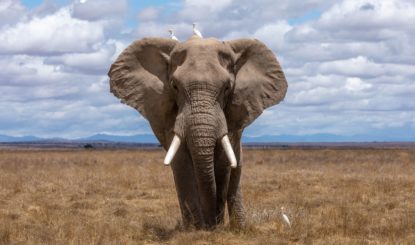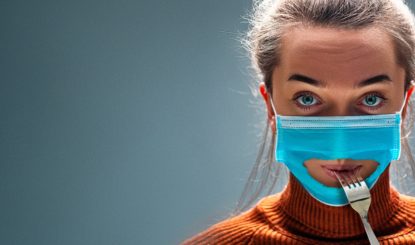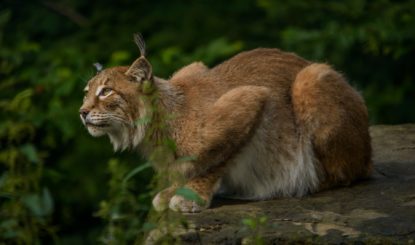Significant Achievements and Progress, Yet More Work To Be Done
Since 2021, the Sanctuary Equidad has been located on the new, spacious property nestled among the stunning hills of San Marcos Sierras in the province of Córdoba, Argentina. While we have made significant progress with the sanctuary, we are continually confronted with obstacles and challenges on this vast land.
Away from confinement, crime and horse thieves! With this goal in mind, we moved the Sanctuary Equidad to the picturesque hills of San Marcos Sierras in the province of Córdoba in 2021. The new location spans over 320 hectares of land, providing ample space for the animals to roam freely and live in peace. Despite the significant progress achieved at the sanctuary, the vastness of the new location poses new challenges and obstacles that must be overcome.
The horses on Equidad are not “wild”, unlike the Brumbies on our Bonrook Reserve in Australia. They are horses that have toiled in captivity all their lives and are not accustomed to foraging for their own food. In addition, last year’s severe drought has depleted the property’s resources, leaving it unable to sustain over 200 horses and other rescued animals such as goats, cows, pigs and more. As a result, we have to buy alfalfa and hay again to ensure the animals’ health. To provide better care for the weak, sick and elderly horses and to ensure they get access to sufficient food, the sanctuary’s team has decided to separate them from the younger and stronger ones. This requires building additional enclosures, feeding areas and water troughs.
When The Animal Caretakers Are Doing Well, The Animals Are Also Thriving
The well-being of the animals at Equidad is closely linked to the well-being of the animal caretakers. Ensuring that everything runs smoothly at the sanctuary involves prioritizing the welfare of the caretakers, providing them with necessary support, and recognizing their hard work. Many of the caretakers work on a volunteer basis and are tasked with often physically and emotionally demanding work. By taking care of the caretakers, the animals will have a higher chance of thriving, and the sanctuary as a whole will be able to achieve its mission more effectively.
The new farm has some improved infrastructure, such as a high-quality drinking water supply from its own spring. Also, the installation of a gas boiler has eliminated the need for the team to search for wood and start a fire in order to enjoy a hot shower. There is a functioning washing machine, and the new farm accommodations are significantly better than the previous ones, with almost every room featuring its own ensuite bathroom – a luxury that the team appreciates.
To ensure that the infrastructure is in optimal condition, however, the house roofs must be adequately sealed, the sewage system must be urgently renewed, and the completion of a small one-room staff cottage is necessary. These upgrades will contribute to the overall well-being of the animals and caretakers at Equidad.
Space, Protection And Security Versus Seclusion
The remote location of the new sanctuary has both advantages and disadvantages. On the positive side, the seclusion offers natural protection from horse thieves, and the presence of the beautiful Rio San Gregorio with its perennial water flow in the middle of the land offers water supply.
On the other hand, the rocky and bumpy 45-minute dirt road drive from the nearest village can be a deterrent for potential employees. Many do not have a car and if they do, it is often very old and not made for driving on this rough terrain.
Challenges of Operating in Argentina
Operating in Argentina comes with significant challenges, including rampant inflation that creates immense uncertainty. To continue developing the infrastructure of the farm, Equidad requires a reliable workforce. However, finding qualified and trustworthy employees is a difficult task in this environment. Thankfully, Alejandra Garcia, the director of Equidad, has been successful in recruiting committed team members who can handle the many tasks at the sanctuary.
Although there is still plenty of work to be done at Equidad, the most crucial aspect has been accomplished: providing the animals with a secure and vast piece of land where they can roam freely and be protected from thieves!
| Last second rescue As a new-born calf, he was residing in a farmer’s field with his mother when he witnessed robbers brutally slaughtering her for her meat. The robbers spared his life because he was thin and had no meat on him. They left half of his dead mother beside him. The calf cried and screamed throughout the night, which attracted dogs that viciously attacked him.The loud barking woke up the residents, including the renowned Argentinean model and animal rights activist, Liz Solari. Along with a neighbour, she rushed to the field to intervene and stop the dogs from attacking. They discovered the newly born calf hiding under a bush, covered in bite and scratch marks from the canine assault.Knowing of and admiring Fondation Franz Weber’s work, Liz reached out to us for help and offered to transport the calf to Equidad. On 30 September 2022, she drove the injured calf in her vehicle to the sanctuary for treatment and care.The Equidad team named him Garabato, the name of a thorny Argentinean shrub under which his rescuers found him. From the first day at Equidad, he received veterinary care and our staff fed him a special milk powder for calves. For the first few weeks, they kept the cute and fragile calf in a special enclosure, separate from the sanctuary’s dogs to support his healing process. Six months later, Garabato has grown into a strong, young ox. After being castrated, he is now free to roam and play with the other animals at Equidad – especially with the goats, which he seems to loves the most. It’s heart-warming to see him jumping around and enjoying his new, safe home! A remarkable twist of fate: Garabato’s mother’s death saved his life! If she had not been killed by the robbers, Garabato would not be alive today. Both animals were kept by the farmer for meat production and would have been slaughtered by now. |


